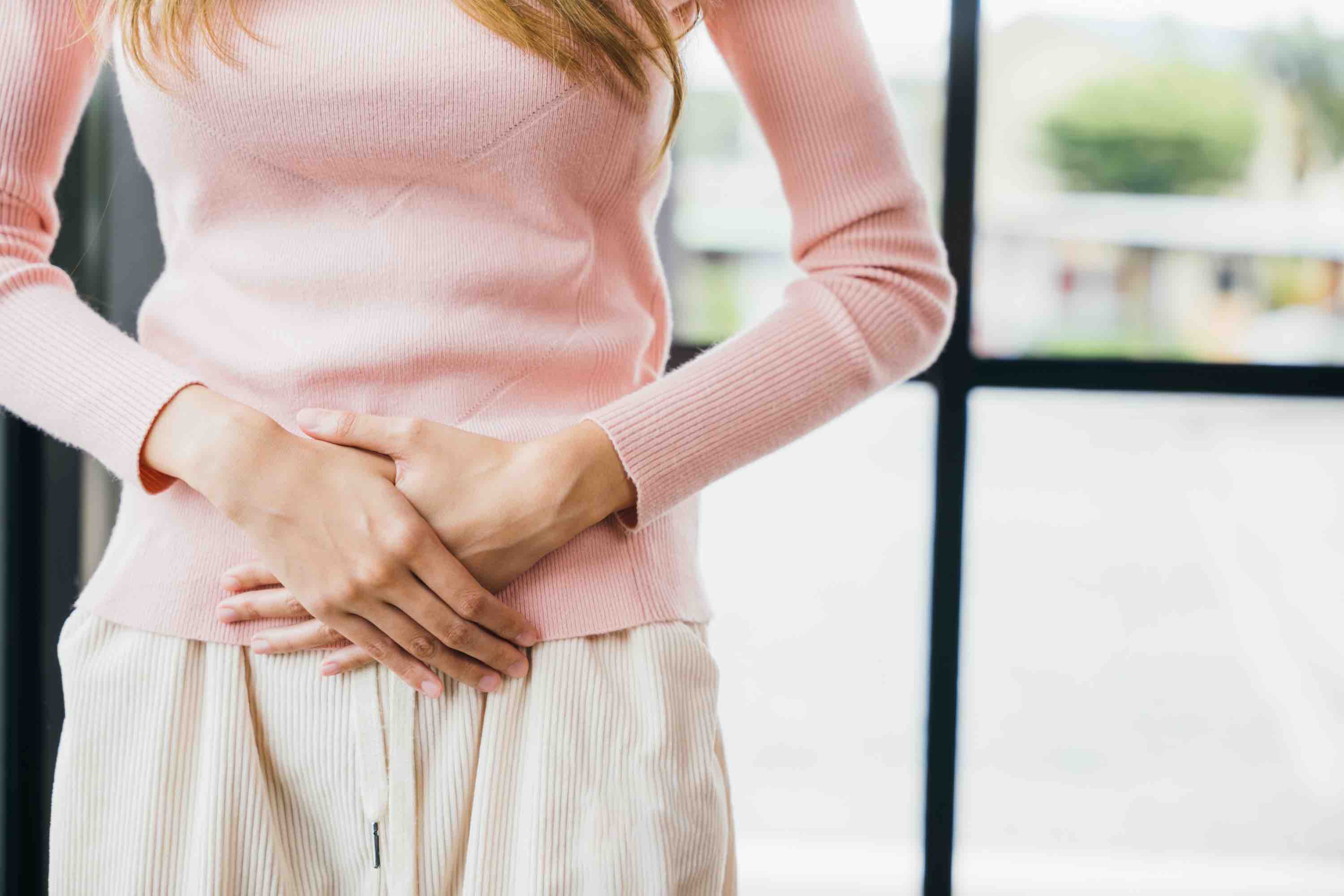Endocrine Disruptors- How your Everyday Products Could be Affecting your Fertility

Endocrine disruptors, a word we’re hearing more and more these days. What does this mean and how can you implement change to your daily habits by swapping out everyday products that are unknowingly affecting your fertility and health.
We will deep dive into the basics and take away the intimidating process of swapping out products to help you make the change to better your body and decrease the chances of potential hormone imbalances and problems down the line.
An endocrine disruptor is a substance that interferes with the normal functioning of hormones in the endocrine system. These substances can mimic hormones, block hormone receptors, or alter hormone production, leading to various health effects in humans and animals. Endocrine disruptors are found in a wide range of products, including pesticides, plastics, cosmetics, and some pharmaceuticals. Exposure to these disruptors has been linked to reproductive disorders, developmental issues, immune system disruptions, and other health problems.
Chemicals that can interfere with the endocrine system:
Bisphenol A (BPA): Found in plastics, food containers, and receipts, BPA can mimic estrogen in the body and has been linked to reproductive issues, developmental problems, and other health concerns.
Phthalates: These chemicals are often used in plastics, cosmetics, personal care products, and fragrances. Phthalates can disrupt hormone function, especially affecting reproductive and developmental systems.
Dioxins: These are environmental pollutants produced during certain industrial processes. Dioxins can disrupt hormone signaling and have been associated with cancer, reproductive issues, and immune system disorders.
Polychlorinated biphenyls (PCBs): Once used in electrical equipment and industrial processes, PCBs are now banned but still persist in the environment. They can interfere with hormone function and have harmful effects on reproductive and immune systems.
Organophosphate pesticides: Commonly used in agriculture, these pesticides can disrupt hormone signaling and have been linked to developmental delays, reproductive problems, and neurological issues.
Perfluoroalkyl substances (PFAS): Found in non-stick cookware, waterproof fabrics, and firefighting foams, PFAS can disrupt hormone balance and have been associated with various health problems, including immune system disorders and reproductive issues.
How easy is it to swap out these chemicals for more natural alternatives?
Educate Yourself: Start by educating yourself about common toxic chemicals found in everyday products such as household cleaners, personal care items, and cosmetics. Learn to read product labels and understand ingredient lists to identify potentially harmful substances.
Prioritize Switching: Begin by prioritizing the products you use most frequently or those with direct skin contact or inhalation exposure. For example, focus on replacing personal care products like shampoo, soap, toothpaste, and deodorant with natural and non-toxic alternatives.
Research Safer Alternatives: Research and explore safer alternatives to toxic products. Look for products that are certified organic, eco-friendly, or labeled as free from harmful ingredients such as parabens, phthalates, sulfates, and synthetic fragrances.
DIY Solutions: Consider making your own DIY products using simple, natural ingredients like baking soda, vinegar, essential oils, and castile soap. There are numerous recipes available online for homemade cleaners, skincare products, and more.
Choose Eco-Friendly Brands: Support brands and companies that prioritize sustainability, transparency, and non-toxic formulations. Look for certifications such as USDA Organic, EWG Verified, or Green Seal to ensure products meet stringent safety and environmental standards.
Reduce Plastic Use: Minimize exposure to harmful chemicals by reducing plastic use. Opt for products packaged in glass, metal, or recyclable materials whenever possible, especially for food storage and personal care items.
Check for Certifications: Look for third-party certifications and endorsements that verify a product's safety and environmental impact. Certifications like Cradle to Cradle, Leaping Bunny (cruelty-free), and USDA Organic can provide assurance of quality and sustainability.
Gradual Transition: Transitioning to non-toxic products doesn't have to happen overnight. Take a gradual approach by replacing one product at a time as you finish your current supplies. This can make the transition more manageable and budget-friendly.
Share Knowledge: Share your knowledge and experiences with friends, family, and communities. Encourage others to make informed choices about the products they use and advocate for safer, eco-friendly alternatives collectively.
Stay Informed and Updated: Stay informed about new research, product innovations, and regulatory changes related to toxic chemicals. Being aware of current trends and developments can guide your decision-making and lifestyle choices.
Making these changes can be enjoyable and empowering, and it’s all about finding what works best for you and your lifestyle!
.png)




